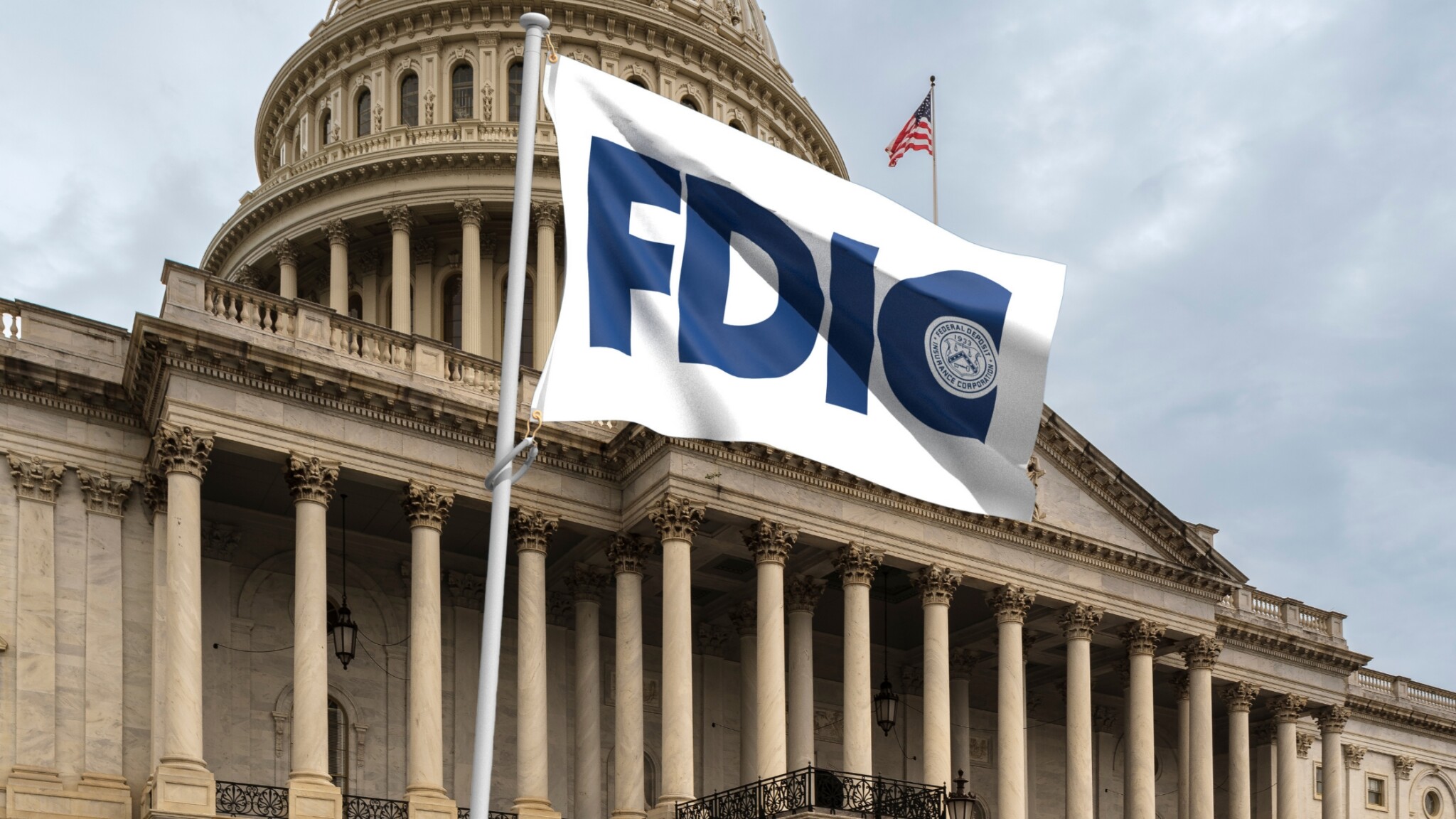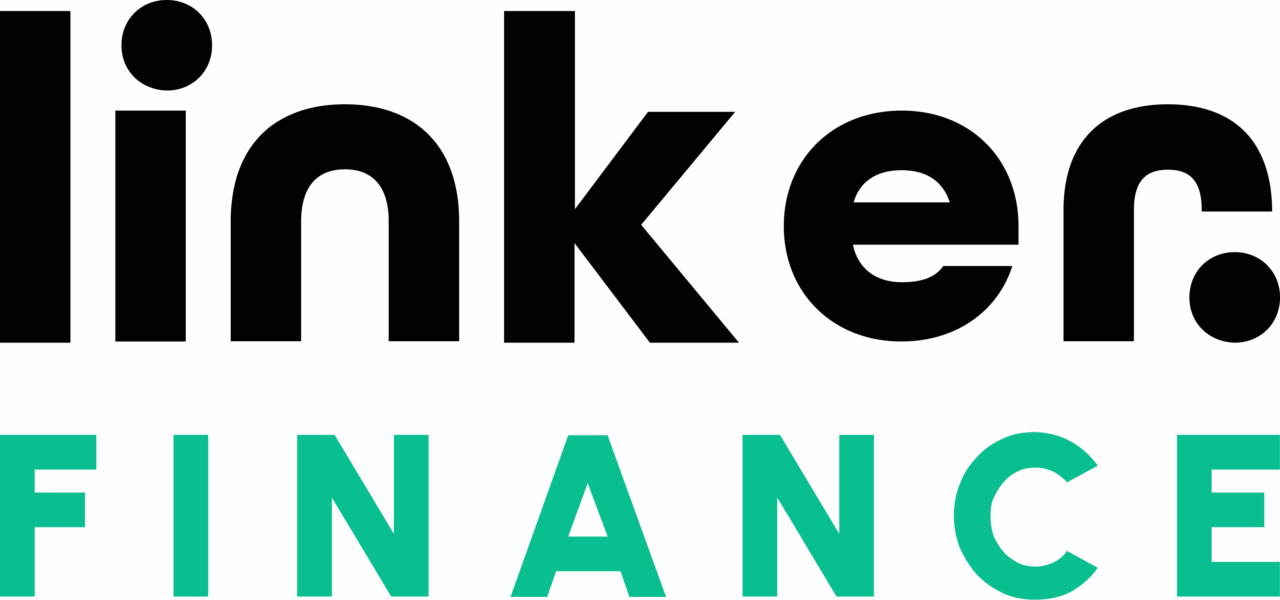$20 Million Safety Net? Senate Amendment to Insure Business Accounts Splits the Banking Lobby
A late-summer gambit in the Senate would lift FDIC coverage for noninterest-bearing business transaction accounts up to $20 million, but only at banks under $250 billion in assets. The language — filed as S.Amdt. 3649 to the FY2026 National Defense Authorization Act (NDAA) by Sen. Bill Hagerty (R-Tenn.) and Sen. Angela Alsobrooks (D-Md.) — would create a special tier of insurance for business payments: payroll, vendor disbursements, and the like. The text explicitly caps coverage at $20 million and confines eligibility to institutions below the $250 billion threshold. Congress.gov notes that the amendment spells out those parameters and defines the targeted account type.
The push is the most concrete congressional action since regulators and trade groups began debating “targeted coverage” after the 2023 turmoil. As reported by American Banker, the measure has catalyzed a sharp industry debate over price and fairness, with some estimates pegging the long-run cost to the Deposit Insurance Fund (DIF) at as high as $30 billion, depending on participation and pricing.
Regulatory Push for Targeted Coverage
Regulators have been signaling openness to a business-account fix. According to the U.S. Treasury, Secretary Scott Bessent has said the department will work with Congress on “potentially higher limits for business payment accounts,” a stance that gives political tailwind to targeted coverage. Banking Dive likewise noted Bessent’s broader agenda to recalibrate prudential rules with more tailoring for community banks.
The concept isn’t new. As the FDIC outlined in its 2023 reform options, three paths were evaluated:
- Keep limited coverage
- Go to unlimited coverage
- Target coverage to business payment accounts
The FDIC favored the targeted approach as the most effective at containing run risk while limiting moral hazard. A 2025 GAO review also summarized that finding, highlighting targeted coverage as the most promising reform to stabilize payments while preserving market discipline.
The Cost of Expanded FDIC Coverage and Who Will Pay
No one is writing a blank check in this scenario. Any expanded guarantee would have to be funded through higher assessments or a new risk-based premium. As reported by American Banker, some bank analysts warn that even a single-digit-basis-point surcharge, if persistent, would accumulate into multi-billion-dollar needs over time for the Deposit Insurance Fund (DIF).
That’s where the fault lines appear. Unresolved questions include: Who shoulders that cost? And how should risk be calibrated?
Community-bank advocates argue that the biggest institutions benefited disproportionately from last year’s stress and should therefore pay more. According to the Independent Community Bankers of America (ICBA), community banks oppose special assessments tied to systemic risk exceptions that largely resolve big-bank failures and urge a “systemic risk premium” so the largest banks pay for the unique risk they pose.
The broader industry wants a holistic rewrite. As noted by the American Bankers Association (ABA), deposit insurance modernization should consider coverage limits, DIF structure, resolution tools, and emergency authorities, not just a new cap for one account type. The ABA’s 2025 task-force recommendations emphasize tradeoffs and warn against single-issue fixes that misalign costs and benefits.
Lessons from the 2023 Bank Failures
Run dynamics are real. The Fed OIG’s material-loss review of Silicon Valley Bank documented $100 billion in withdrawal requests on March 10, 2023, proof that concentrated, uninsured deposits can move with breathtaking speed. Chicago Fed research (2025) and FDIC Center for Financial Research work on the Temporary Account Guarantee programs find that targeted protections stabilize noninterest-bearing deposits, especially at community banks and weaker institutions, by reducing flight-risk during stress.
The upshot? If designed tightly, targeted coverage can dampen panic without insuring everything.
Legislative Hurdles for FDIC Reform
Why nest a banking fix in a defense bill? Because it moves. The NDAA is a perennial “must-pass,” but it’s also a magnet for policy riders. That cuts both ways. Banking trades are already warning that opening the NDAA to financial services language could invite interchange fights. As reported by America’s Credit Unions and in joint-trade letters (including ICBA), there is opposition to attaching the Durbin-Marshall credit-card routing agenda — or even “study” language — to the NDAA. Earlier coverage (including sources such as Politico Pro) has shown Sen. Durbin repeatedly seeking NDAA as a vehicle in prior years. The fear: deposit-insurance reform could get cross-wired with payments politics.
Targeted coverage also has activity on the House side. According to House Financial Services Committee Democrats and Congress.gov, Rep. Maxine Waters has introduced the Employee Paycheck and Small Business Protection Act, which would authorize a quasi-Temporary Account Guarantee (TAG) program and expand insurance for business payment accounts—another indicator that momentum is broader than one amendment. American Banker previously theorized that Waters’ push could frame bipartisan action.
How Banks Can Prepare for the Proposed FDIC Changes
For bankers in the Mid-Atlantic, the Hagerty–Alsobrooks proposal is still fluid. But it’s not too early to think through the practical implications. Here are several steps worth considering as the debate unfolds:
-
Inventory Your Bank’s Uninsured Deposits
-
- Map your exposure. Inventory uninsured balances in noninterest-bearing business DDA and sweep structures. If the Hagerty–Alsobrooks language advances, eligibility would hinge on institution size (<$250B) and account type as defined in the amendment.
-
Model DIF-Premium Sensitivities
-
- Scenario the assessments. Build DIF-premium sensitivities under a targeted-coverage regime (e.g., surcharge levels, opt-in participation, and any large-bank differential). ICBA is urging a systemic-risk premium construct; boards should model variants where G-SIBs bear more of the load while smaller banks see lighter assessments.
-
Update Your Bank’s Liquidity Playbook
-
- Refresh liquidity playbooks, a tactic noted by the OIG (among other sources that include the Chicago Fed and the FDIC). The 2023 reviews show how fast deposit runs propagate. Update crisis communications for business clients (payroll processors, hospitals, universities, municipalities, contractors) whose operational deposits are “sticky” until they’re not. Federal reviews and academic work support the idea that targeted guarantees can slow outflows. Use that potential as a talking point, but plan for the status quo.
-
Monitor the NDAA and Legislative Vehicles
-
- Watch the vehicles. The NDAA pathway carries both velocity and volatility. America’s Credit Unions suggests monitoring not only the amendment’s text but also unrelated riders (notably interchange). The ICBA suggests that those fights could complicate passage.
-
Voice Your Bank’s Position on FDIC Reform



















